It’s necessary or mandatory to far parents about how do dogs learn. Realizing the procedures of dogs learning is the blessings of their life. If you make them learn adequately, it will allow you to educate your Dog on how they adjust to your life cordially.
However, there might have many far parents surrounding you in your life. When they can’t change their Dog’s attitude or behavior to others, they became puzzled. Regrettably, their confusion made them disappointed while the scenario is still unchanged. Perhaps, unintentionally they strengthen their far kids’ unusual conduct that they are struggling to correct. If you face severe issues with it, no worries. This tutorial will let you know how does dogs learn for your assistance.
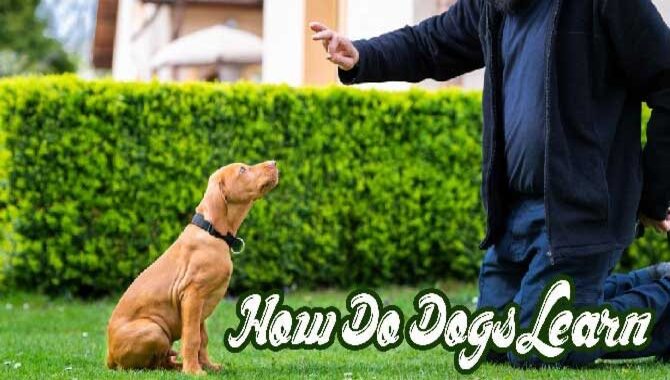
Dogs Basics Of Learning Theory
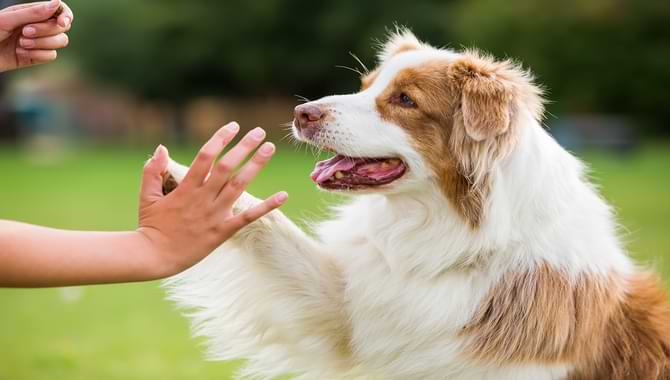
Dogs learn things via association. Your aim as dog owners is to train your dog friends to connect certain phrases or signals with certain actions. Classical and operant conditioning are the two basic methods of forming associations.
Classical Conditioning
This is known as classical conditioning when a dog unconsciously links two stimuli together. When they smell food, for instance, dogs salivate. So, if we ring a bell repeatedly just before a dog smells food, the dog will eventually link the sound of the bell sounding with food and start salivating on its own.
Operant Conditioning
The exact opposite, known as operant conditioning, is when a dog learns to link a voluntary activity with an outcome. Contrary to popular belief, consequences are not necessarily bad. When a dog receives a cue but no food in operant conditioning, it is trained to deliver a behavior, such as a sit or following the cue. To urge the dog to stay seated in this instance, we applied a positive outcome.
Puppy Behavior And Training Basics
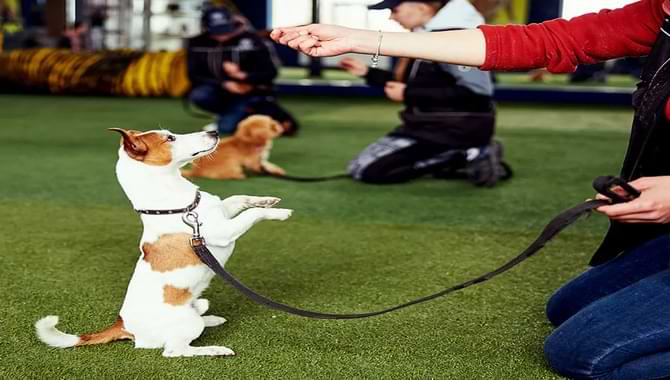
Puppies are the cutest, cuddliest creatures in the world, but they’re also incredibly intelligent and have a good amount of personality. Here are some puppy behavior and training basics –
Teach “Sit” Command
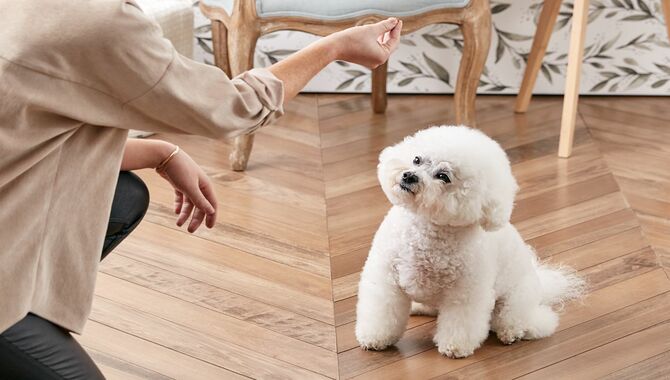
Training your puppy the sit command is very important. The sit command is a crucial part of puppy behavior and training basics and is used all the time in obedience training, tricks, grooming, and cuddling situations. Teaching your puppy to “sit” on command will not only help with obedience training but also helps you bond with your dog.
Begin Socialization
You’ll want to start socializing with your new puppy as soon as you get home. This is all about introducing them to the world around them and helping them learn and grow as a dog.
Crate and Potty Training
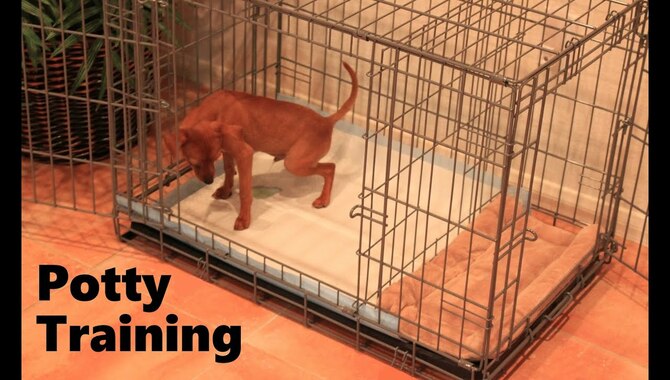
Most puppies need to be crated and potty trained right away. This is an important puppy behavior and training basics if you want the best results.
Reward Them With Treat
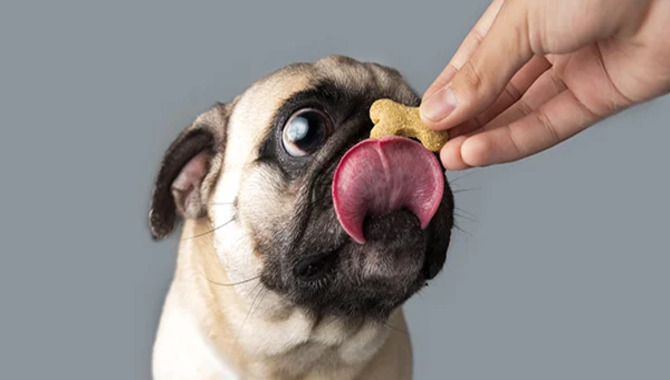
When you have your puppy sit, praise them with a treat, they’ll learn what they’re doing is good and helps reinforce the behavior.
How Dogs Think and Learn About Human Behavior
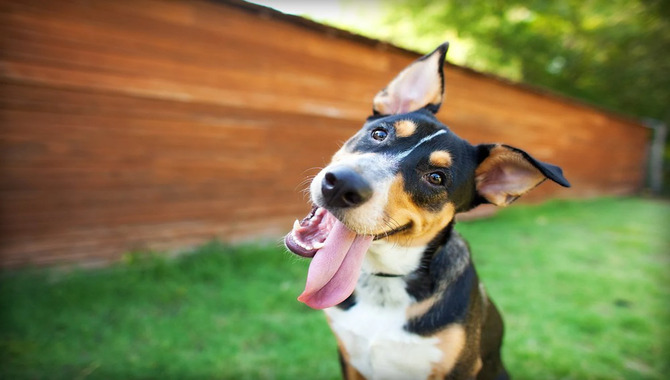
Through social learning, canines may learn from other dogs. Through a process known as conditioning, they may also learn from humans. But how do dogs actually learn? There are certain behaviors that are unique to dog behavior and humans, including gaze and voice.
These cues may help guide the dog’s understanding of human behavior. Dogs also have a sense of smell, which helps them determine whether an individual is a friend or foe.
The way in which dogs use their sense of smell may influence their choice of an appropriate response to a situation. A dog’s ability to view its surroundings and understand the relationships between objects in this environment is innate.
Horrifying Things If You Don’t Know How Do Dogs Learn:
I told you earlier that understanding the methods or techniques about your Dog’s behavior learning is vital. Let us see what will happen when your dogs can’t read your command or are denied to follow :
- Suppose you command them to “sit “quietly, but they prefer to jump on your guests. Oh! It isn’t enjoyable!
- When your Doggy showed no interest in your request to “Wait, “and they insist on dart out into traffic.
- You are screaming “Leave it” “Leave it,” but they spontaneously eating the food that just slumped on the floor.
- You have to train them to walk decently beside your side. Otherwise, an untrained dog might start pulling on a leash while walking on the street.
What’s The Best Age To Begin Training Your Canine?
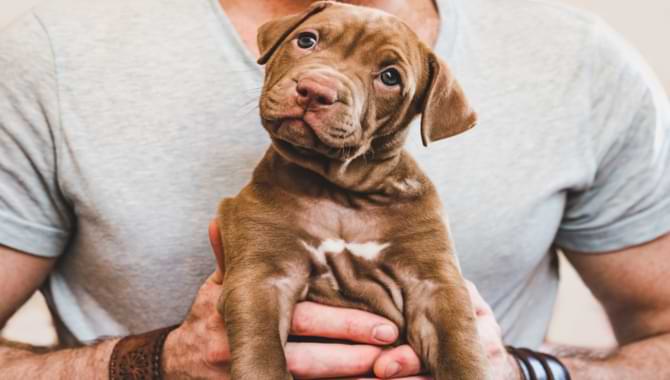
At the preliminary stage, earlier than teaching your Canine, you need to consider their age. It’s one frequently asked question as peoples are eager to know the best age to begin training their dogs. In my opinion, proper behavioral training is needed at every stage of a dog’s life.
You make it happen as early as possible you can and might be eight to ten weeks of age. If you start simple basic training at the early stage of Dog’s life, they might ultimately do better in the next.
Understanding How Dogs Learn?: The Fundamentals Of Learning Theory :
Dog training and learning the overall procedures of how dogs learn is complicated, rather than multipart. Indeed it is situational. You can’t apply or treat the same process to every single Dog. You have to be affectionate to them and try to learn their inner me initially.
I would love to highly encourage you to consult with a specialized Pet trainer before training your Canine. Consequently, you have to correlate cues or words along with their behaviors. These processes are divided into two essential parts.
1st Part – Classical Conditioning:
In this classical conditioning environment, learning is spontaneous. The word conditioning indicates the methods of teaching during association. For example, Dogs naturally drool when they odor food. Dogs also stimulate to hear the sound of a ringing bell.
In the classical conditioning process, bells are ringing to provoke Dogs. If you ring the bell frequently at a particular time before serving food, they became used to take food spontaneously after hearing the ringing bell.
2nd Part – Operant Conditioning:
It is a reversing process than classical conditioning were hearing the ringing bell, dogs awaited to get food and started to dribble. Here, Dogs are offering food as a reward before doing something or fulfilling their master’s command.
As an example, you may give an instruction to Dog either sit or doing something. If he does it willingly, then you might give them mouthwatering food as a reward. Operand Conditioning is based on FOUR methods. These are :
How Do Dogs Learn? Understanding The Behavior :
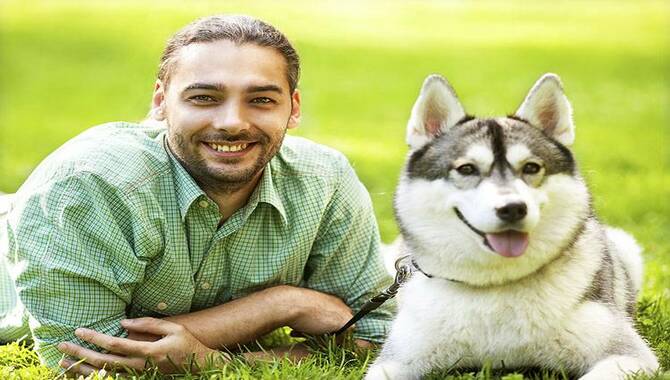
You will be amazed to learning the depth of the Dog’s psychology. You might see their ability to solving problems. How did a trained dog be learned? Firstly, he believes that he is in the problems. He started barking when he faces problems, and he tried more to get solutions. Dogs tend to learn from trying more and mistakes.
They are situational and don’t stop prevent activities when it does not turn out the preferred encouragement. Dogs are performing correctly before learning their mission.
These are the piece of information that possibly enhance to train your Dog effectively. If you make them understand it’s a problem for their obedience training, they have to find ways to get apposite solutions. Indeed they will begin to respond positively.
Seven Key Advantages Of Discovering Of Dogs Learning Behavior:
1. Making Your Dog Significantly Protective:
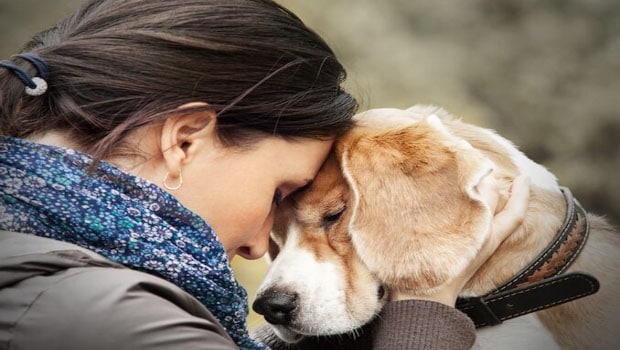
As a pet owner, it’s highly recommended or beneficial to ensure your Dog’s supreme protection. In other words, it’s your responsibility. If you can provide to follow the command or behavioral restrict actions to your dogs, you will get lots of assistance.
Furthermore, a well-mannered dog can easily prevent himself from quarreling with other wild animals or dogs. Maintaining the rules and regulations while walking on the busy street, your Dog can cope with any hazardous situation or unwanted accident.
2. Ensure Home Protection:
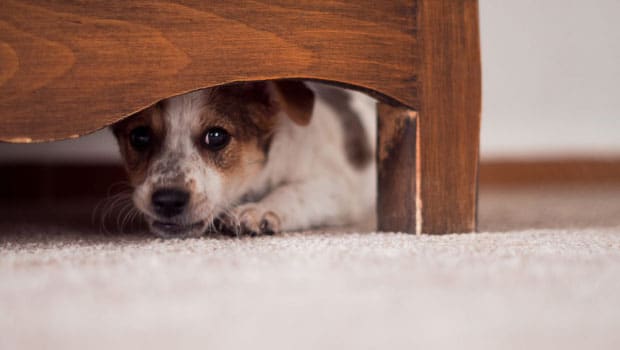
You might have no idea about the activities of an undisciplined dog. They possibly destroy your costly furniture or antique showpieces which have been in your family for generations.
A trained dog would better know what things they preferably choose as playing toys. They also know what activities or kind of playing is acceptable or non-acceptable to their owner’s house. In this way, your sweet home will be more protective.
3. Enhance Mutual Bonding:
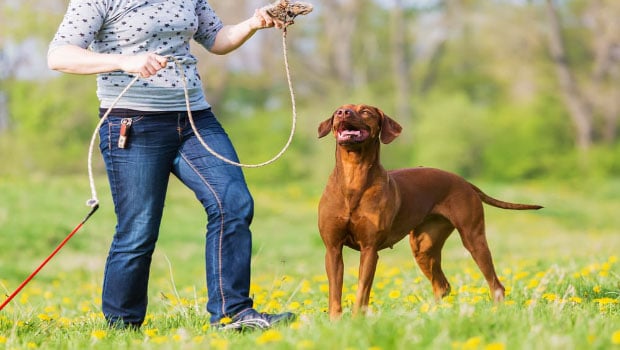
Just think deeply and imagine your Dog as your kid. Which kid do you prefer most? Decent and obedient kid or extremely naughty son? I have no doubt. Surely you will love to spend your leisure time with your lovely and obedient puppy.
The longer time you will spend with your Dog, the more you pay attention to each other. On top of that, the more reciprocated admiration will develop mutually. In this way, both of you can share your love and affection equally. Enhancing mutual bonding, your Dog will be one of the best companions like other most OK friends.
4. Keep Your House Almost Clean:
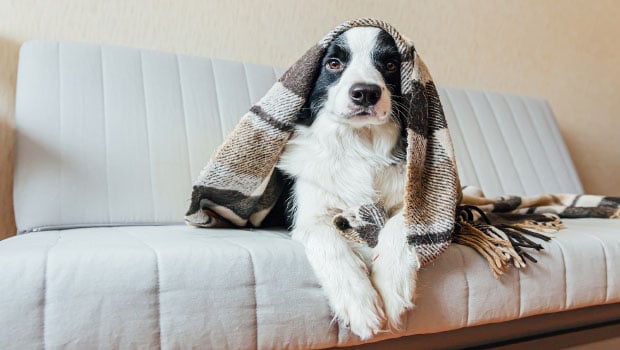
I think it’s an unpleasant experience if you have to clean and arrange your household things frequently. Dogs might tend to touch or chew wastage things from your Bin. Besides, they possibly threw it to every corner of your house when you are outside.
Give it training his preferable nutritious food sufficiently. Stop himself to touch or eat garbage from your house. After coming home certainly, you will see an immaculate home as before!
5. Behave Comfortably With Your Acquaintances:
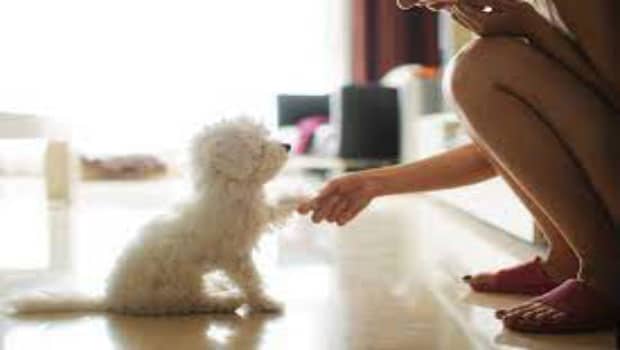
In my prior experiences, I have seen a few dogs start unnecessarily screaming to meet new people. Some of them might are violent or make annoyance to strangers. In that cases, it isn’t very comfortable to take your Dog to a social gathering place or festival.
Here is my commitment, no necessitated to be worried at all! Give your Dog adequate and proper training on how to behave with strangers or a crowded place. Besides, when you arrange a party in your house, train your Dogs how to behave gracefully. Let’s chill and enjoy your pleasant time with each other.
6. Keep Your Dogs Secured From Diseases:
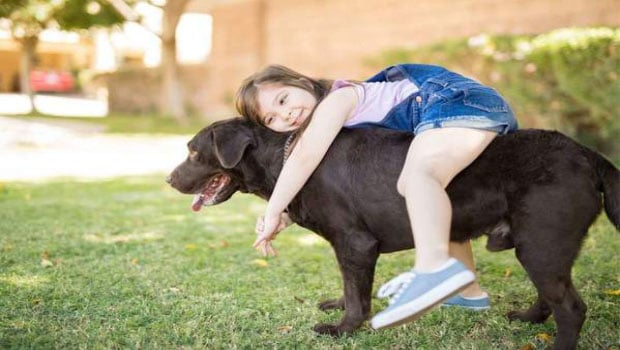
A well-mannered dog knows when to scream or when to keep themselves to be quiet. What things they are permitted to touch or what to deny. When feeling very hungry, they are used to asking for food decently from the owner.
A trained dog is delicate and free of overgrown nails, taking dirty foods, having hidden infections, or dental syndrome that causes severe disease development. And that’s the ultimate result of excellent behavioral training.
7. Let Veterans Do His Duty Safely:
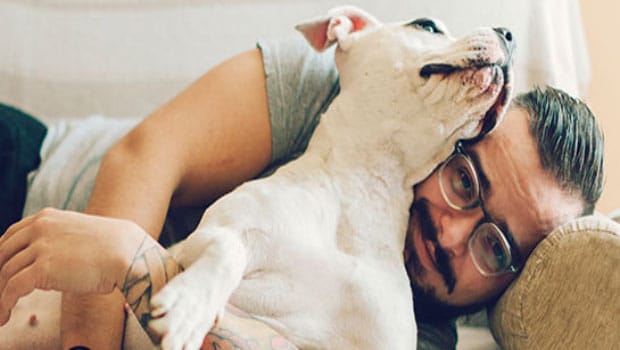
You know what, veterans are also human beings. They are not risk-free at all. They have to apply injections or medications for the sake of the proper treatment. An imbalanced dog probably wound his vet. It would be best if you kept your Dog calm to avoid any injuries at the time of treatment.
Perfect training indeed makes this happen easy and hassle-free way. Apart from all these, if you know how do dogs learn, then you can also help neighbors or friends who are suffering from these issues.
Is Punishment Mandatory While Training Your Dog?
It is strictly prohibited to hit your Dog while learning them. You can slightly hit a rolled-up newspaper if it acts as entirely uncontrolled and nothing wants to hear. If you can manage to apply other techniques rather than slapping, stop giving such a punishment.
Tips:
- Try to give him rewards at his best performances. He will learn very quickly.
- Don’t give the same things repeatedly as rewards. The dogs might fail their interest.
- You are changing Food or Toys type. Find almost new things that might enchant your Dog.
- Enhance his interest in learning.
- Reward him also for his decent behavior and ignore him for bad behavior.
- Provoke himself for learning.
1. First Method – Positive Reinforcement:
Hearing the command or fulfilling the desires when we provide our Dog something pleasant or special things like delicious food or toys is positive reinforcement. It’s convenient behavioral training. Dogs always tend to get something special to us and are eager to do something willingly for the sake of rewards.
Hence to be your successful Dog trainer, it’s better to realize positive reinforcement. If they satisfy you with their acts, you need to react with some positive rewards that encourage them to follow your commands later voluntarily.
You might praise them by showing your cordial smile, excitement, or joy like Bravo! Excellent! Marvelous! Wow! Then you may treat them to how special they are for you! Finally, you can give them a toy or food or play with them that he expects more from you!
Note: These are exceptional treatments. Don’t apply these techniques in all regular conversations with your Dogs or easy circumstances.
2. Second Method – Negative Reinforcement:
In parallel, if they failed to follow our command appropriately, sometimes we need to take away something from them that might arise unpleased them. It is called negative reinforcement. A perfect trainer needs to determine the intentions of Dog’s psychology whether they are
interested in following the command or not. They might fail, but you have to be tricky if their trying is honest but, unfortunately, makes mistakes. Act with him like he is your kid trying to learn but or don’t understand. Let them make it clear again.
If you think they lack interest or can’t give much attention, you may take out their favorite toys from them for some time. It may hurt them and probably make the Dog crazy to get that reward once again anyhow.
3. Third Method – Positive Punishment:
Adding something disagreeable slightly for them to be punished when they continue some lack of interest in following what you are asking for is called positive punishment.
In such situations, we might take away the rewards and the probability of getting tips again. Additionally, we can take away our paying attention to them like turning around, looking at the sky, or making an impact that no dogs exist there at all.
I assure you, it will work unbelievably! They will try to seek your attention and get back the rewards again. As a result, he will try to satisfy you again by listening to your command. You have to be creative and should clear three basic steps such as :
- How does Dogs learn?
- How do you make them understand?
- What do you want from them?
- How will they communicate with you?
During the training period, you need to make them cheerful otherwise, if they feel frustrated or angry, the training session became inactive. Moreover, you have to take the initiative when you found lack of effort is the reason for making mistakes repeatedly; you may go for positive punishment.
4. Fourth Method – Negative Punishment:
Simultaneously, sometimes we need to take away something favorable to stop their misdeeds, called negative punishment.
Discipline or correction is necessary at that moment when your Dog refuses to do what you are asking. The negative punishment is not a simple act of violence at all! The Dog has been taught how to stop, avoid, and earn praise and rewards.
There might be some misconception about correction. Your Dog needs to be more comfortable with you even when you give him negative punishments or corrections. Correction of the negative sentence is not anything like scary things. It is to make your Dog understand when and how he should control himself.
Sum-Up:
Only the proper dog training strategies make your Dog more learned, confident, much obedient, and disciplined. If you have patience, mutual bonding, understanding his mentality, and deep affection or love for your Dog.
Then it will be easy going for you to comprehend how do dogs learn. If you successfully trained him correctly, I must say your home will be delighted with lots of happiness and pleasure.
FAQs
[rank_math_rich_snippet id=”s-6ce49999-9e96-4eb3-a389-59dee4f67615″]